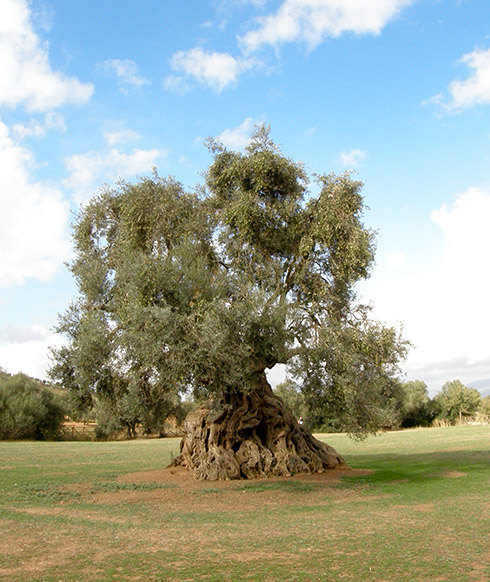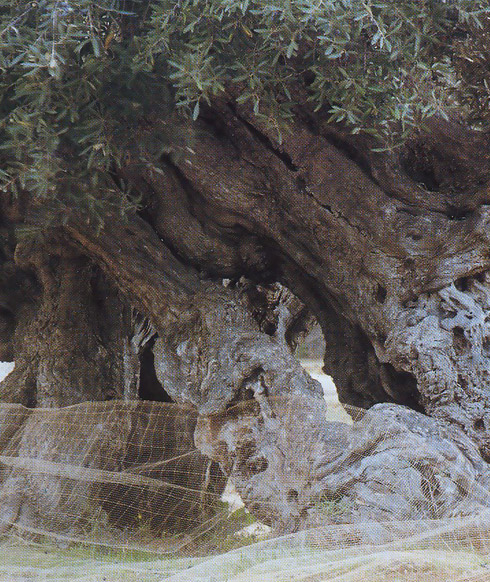The Mediterranean, the cradle of Western civilization, is also the native land of the olive tree, which has always been a symbol of abundance, glory and peace. In fact, its temperate climate condition, characterized by warm summers and moderately gloomy winters, makes it the ideal land for olive growing.
Sun, water and shallow soils are the optimal natural elements for the development of these plants, which have been cultivated since ancient times in the Eastern Mediterranean area, which included: Greece, with its islands, southeastern Turkey, Syria and Palestine.


Today, however, the heart of olive growing lies in the western part of the Mediterranean: in fact, countries such as Spain and Italy hold the record in world olive oil production.
The Puglia, with its 350,000 hectares of cultivation, represents today, one of the most olive-growing regions in the world: it alone accounts for about 35 percent of the entire national production. The link between the region and the olive tree, however, crosses the boundaries of the economic sphere landing instead in that of tradition.
The tousled canopies of the imposing centuries-old olive trees give the territory the characteristic silver-green color with which the Bari countryside is also painted, which in the southern part, hosts the "Cima di Mola" variety, while in the northern part "Coratina" and "Cima di Bitonto".
The latter in particular are subjected to an important cultivation operation: pruning, which, by providing better illumination to the foliage and ensuring proper aeration of the canopy, generally allows good fructification as well as facilitation in harvesting operations.